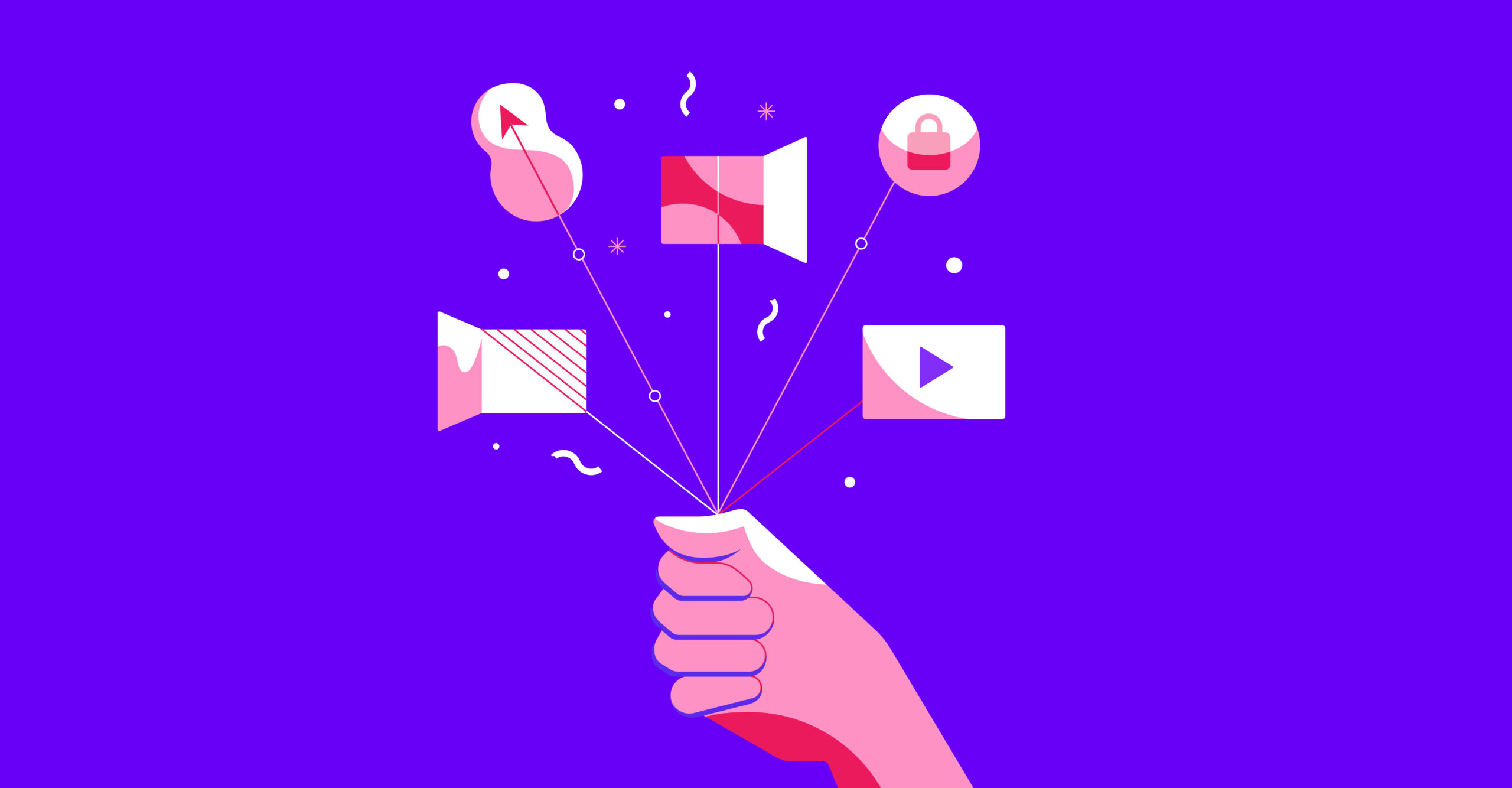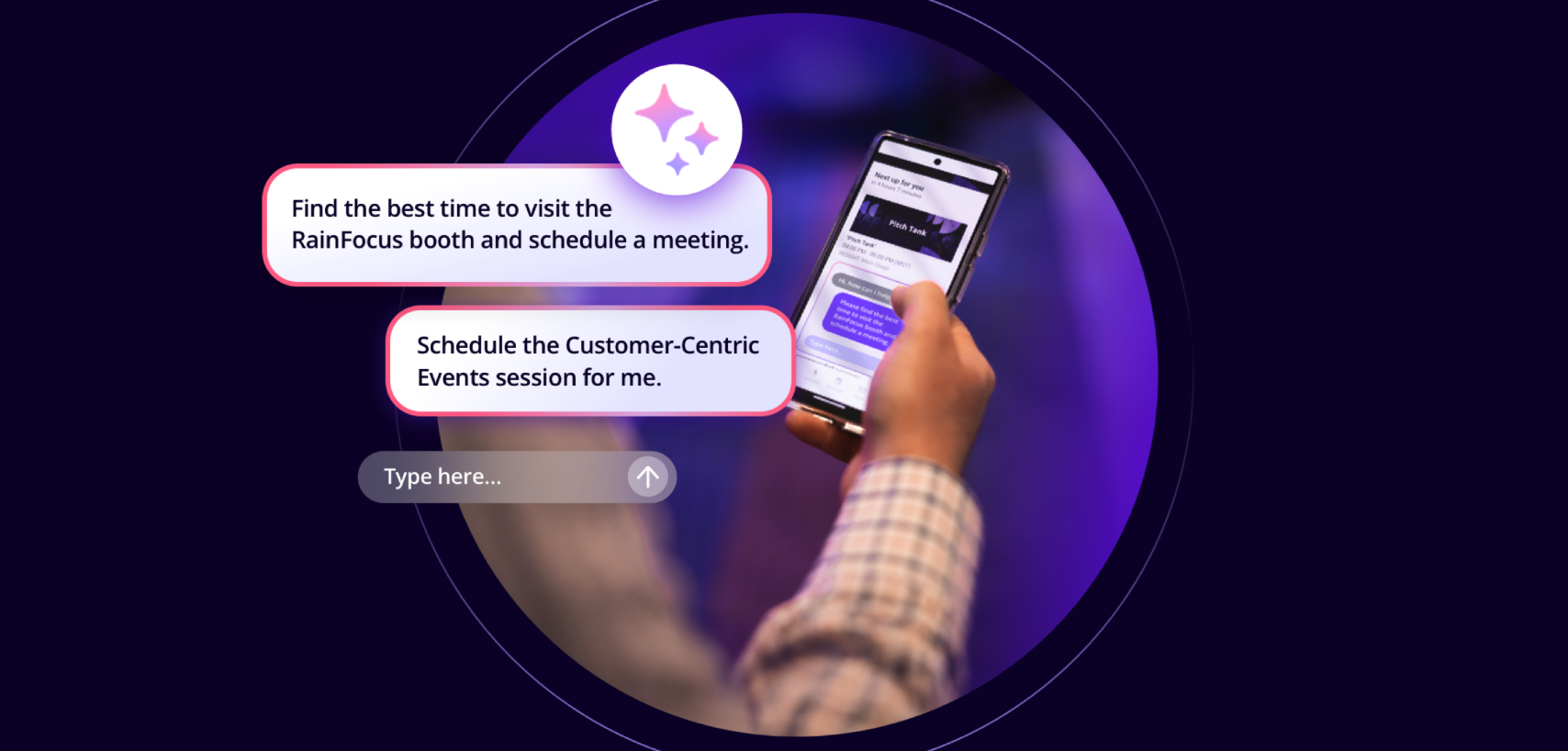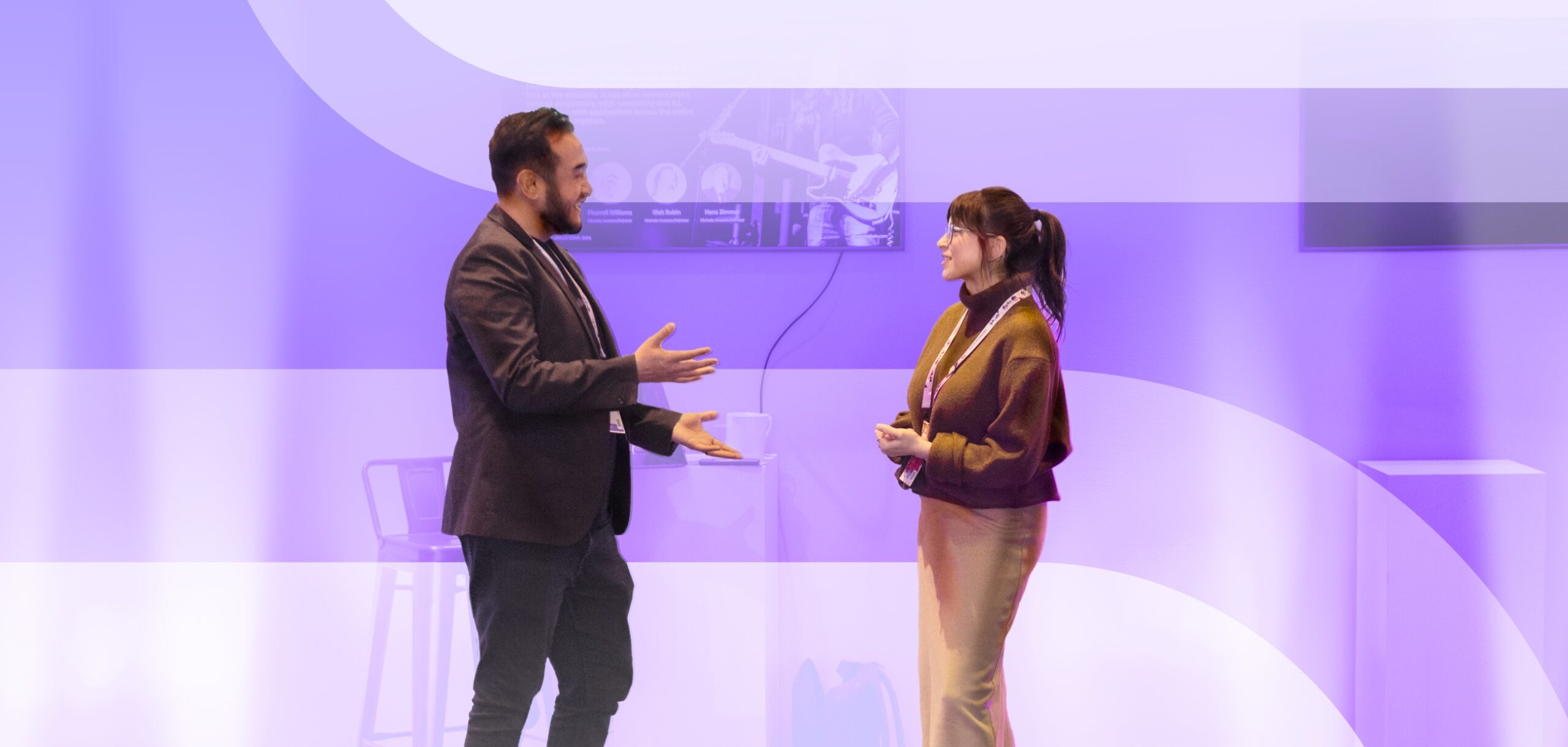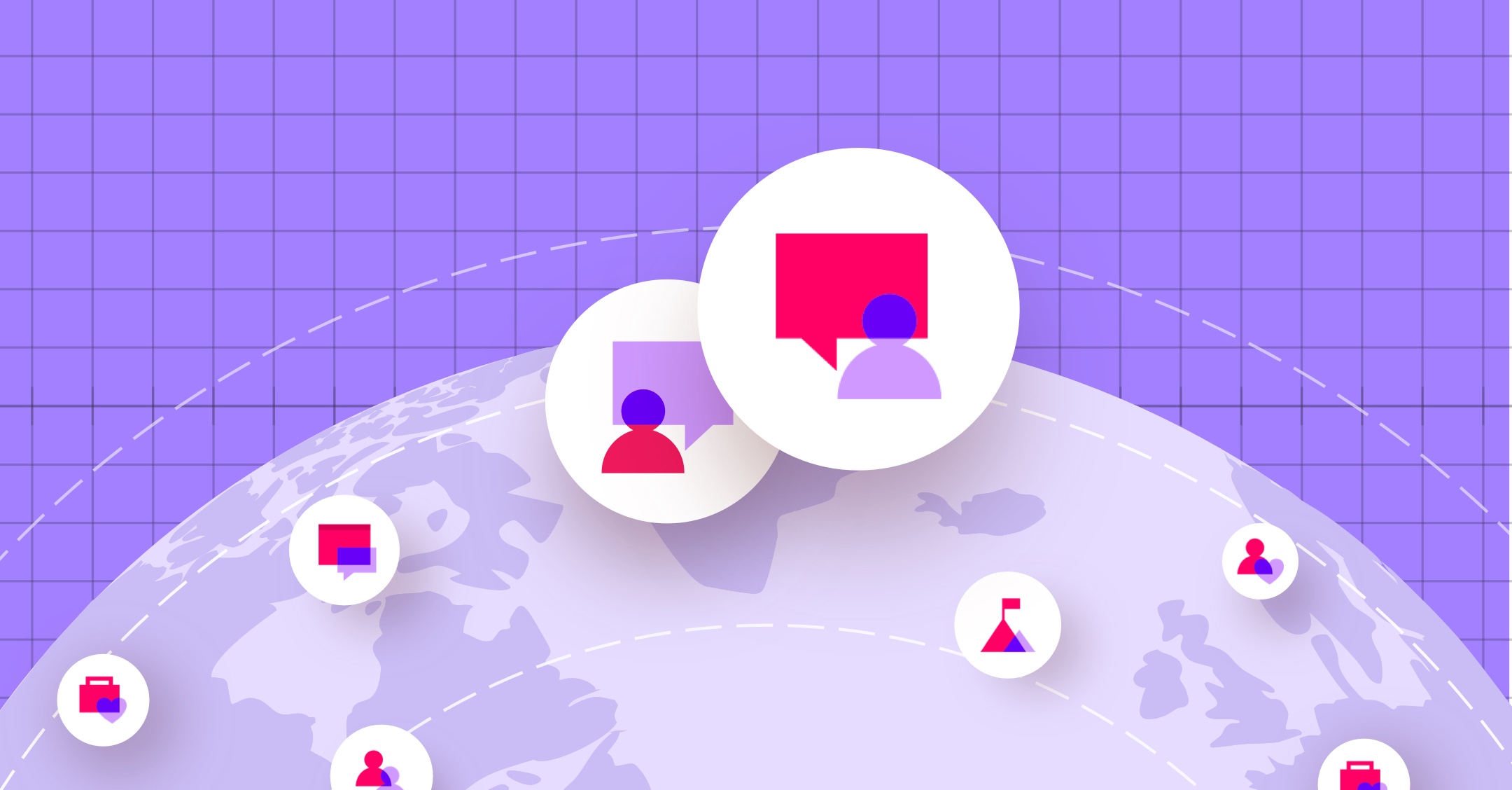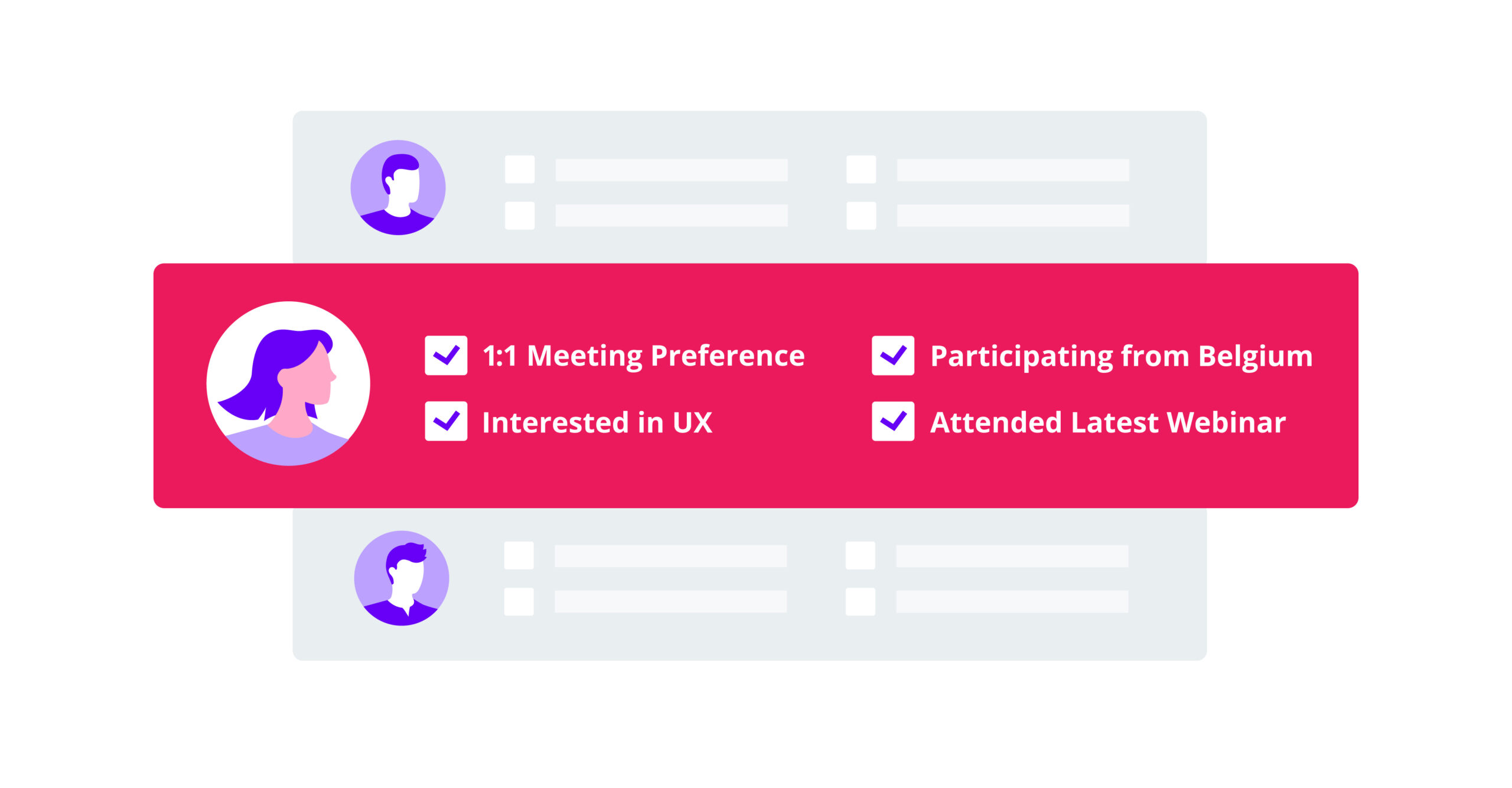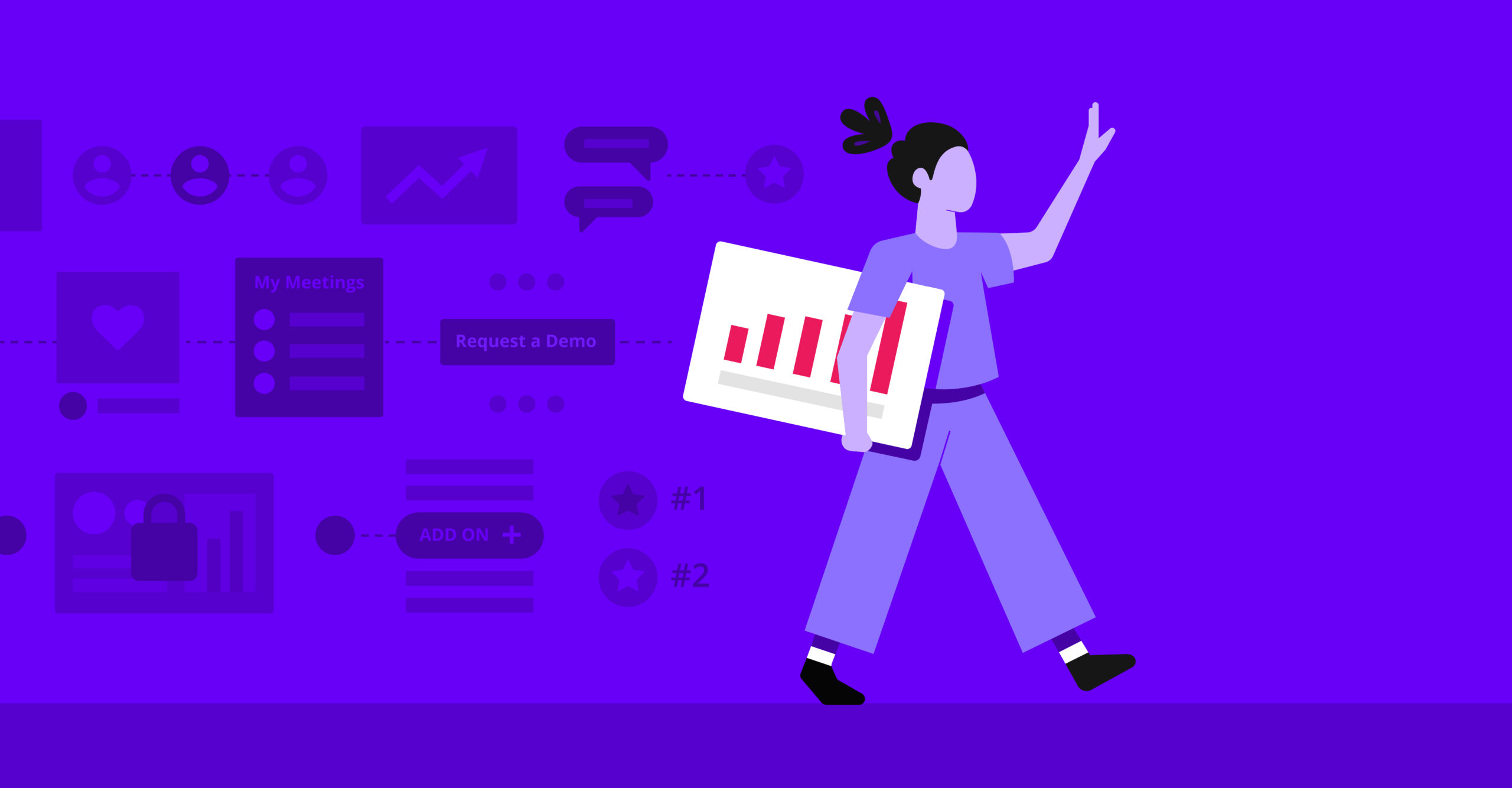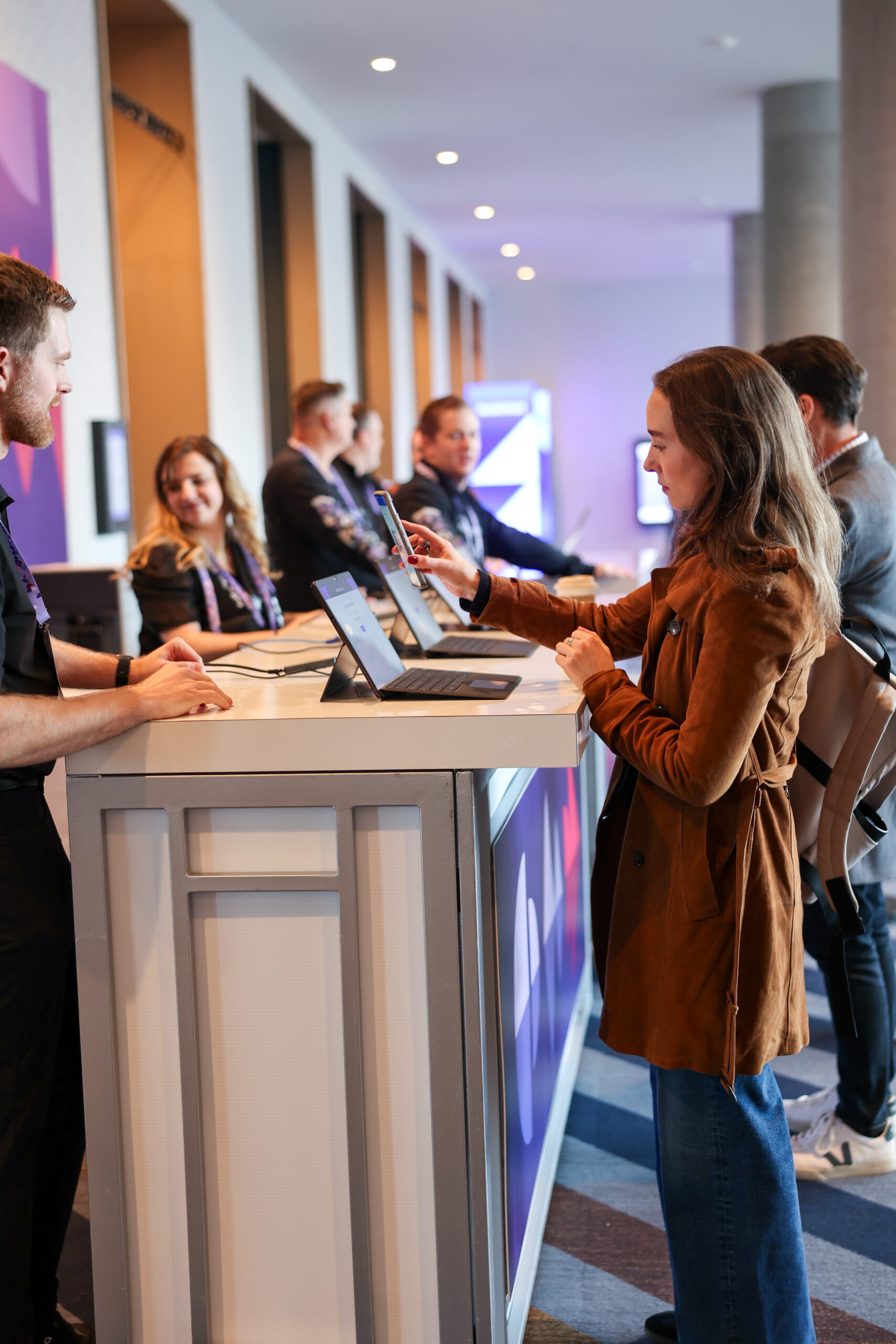As we close the door on 2023 and prepare to launch into what will undoubtedly be another busy year in the events industry, we’re excited to take a look back. Throughout the year, the RainFocus blog has helped event leaders stay ahead of the curve. We provide thoughtful advice from our seasoned executives on the most impactful trends, as well as quick practical tips for navigating the day-to-day work of planning and executing events around the world.
To cap off our journey through the year, we’re counting down our top 10 most popular blog posts in 2023. Join us as we revisit these highlights and the trends that defined the year in the events industry:
10. Everything You Need to Know About Badge Printing
Event success comes down to the details. To the uninitiated, badges may seem minor compared to elements like booking keynote speakers or planning a massive welcome party. But attendee badges perform a critical function. Is pre-printing or printing on demand more efficient? How should you differentiate access types? This quick guide helps your team zero in on the right choices.
RainFocus INSIGHT gives attendees expert guidance on the most important events industry trends, opportunities, and challenges for the year. This blog post recapped the fireside chat between RainFocus CEO JR Sherman and Alicia Tillman, RainFocus board director and current chief marketing officer at Delta Air Lines. No matter the size of your company or your events, these experts’ reflections on customer journeys, budgets, the future of virtual events, and more continue to resonate.
8. Early Bird Pricing Strategy: The Logic and Science Behind Scarcity and Value
Another evergreen favorite, this post dives into the strategy behind offering early-bird pricing for your event. With events under pressure to deliver ROI and meet attendance goals, it’s more important than ever to hit the ground running with a strong response to your special offers for attendees who register early.
7. Conversations: A Look at Today’s Event Trends with Ashleigh Cook
The Conversations series, a signature part of the RainFocus blog, features candid Q&A sessions with RainFocus’ most knowledgeable executives. This 2022 post with Ashleigh Cook, now our CMO, zeroes in on opportunities and challenges that continue to factor heavily into events leaders’ planning. Readers found valuable advice on everything from attendee engagement to smart content reuse to ongoing efforts to increase personalization.
6. Fifteen Points of a Great Recap Video
After an event wraps, it’s time for measurement, analysis, marketing and sales follow-up … and putting together a fun recap video to showcase your success and keep the enthusiasm going. Readers appreciated the detail in this blog post and the provided client examples.
5. How to Structure Cancellation Fees at a Conference
Like badge printing, early-bird pass offers, and recap videos, cancellation fees represent another event element that may seem minor but can have a big impact. Balancing ongoing relationships with financial realities — and making the whole process as efficient as possible — requires the right approach. This popular blog post covers all the nuances.
4. What Should You Look for in a Modern Event Management Platform?
When exploring options for any new technology, buyers often turn to leading analyst firms’ reviews and reports comparing leading platforms. This year, Forrester compared RainFocus and 13 competitors for The Forrester Wave™: B2B Event Management Technology, Q1 2023 report, and we were named a Leader. But this popular blog post is about more than boasting — it also lays out a few key recommendations from Forrester’s analysts for what to look for in any B2B event management technology.
3. How to Supercharge Your Marketing Channel With Event Data
Omnichannel marketing is making big waves this year in the events industry, so it’s no surprise that this blog post ranked near the top in popularity. The end of third-party cookies, meanwhile, has spotlighted the importance of zero- and first-party event data like never before. Best of all, we also co-wrote an entire (free!) e-book with Adobe if you’re ready to take the next steps.
2. A First Look at RainFocus INSIGHT 2024: What to Expect
It’s clear the excitement around RainFocus INSIGHT continues to build! Since this post was first published, we’ve also released a lot more information about the event. Check out the session catalog and preliminary speaker list, bonus excursion offerings, and more. There’s still plenty of time to get the primer through this blog post and then register to join us in Salt Lake City.
1. How to Harness the Power of Events to Drive Business Growth
Finally, our most read blog post in 2023 — by far — tackles a universal, timely theme. Whether or not your organization faced budget cuts and other economic challenges this year, turning to your events channel to fuel marketing and sales success is a smart strategy. Our experts delved into exactly how to make sure those events deliver maximum (and measurable) ROI. For even more guidance, check out the accompanying free e-book!
We’re looking forward to another year of bringing you another year of thought-provoking discussion and practical guidance on the blog. We can’t wait to see what 2024 brings!
